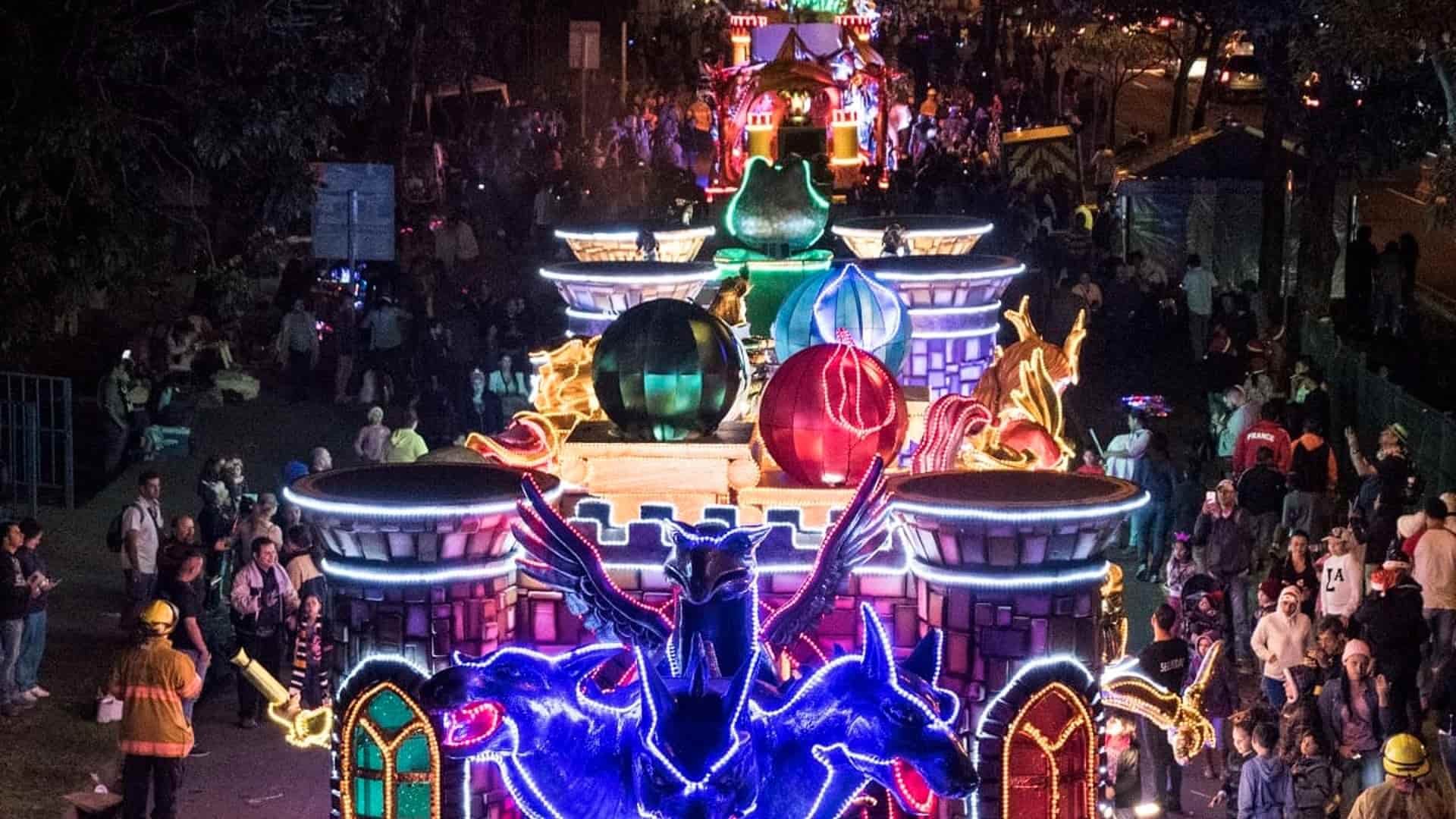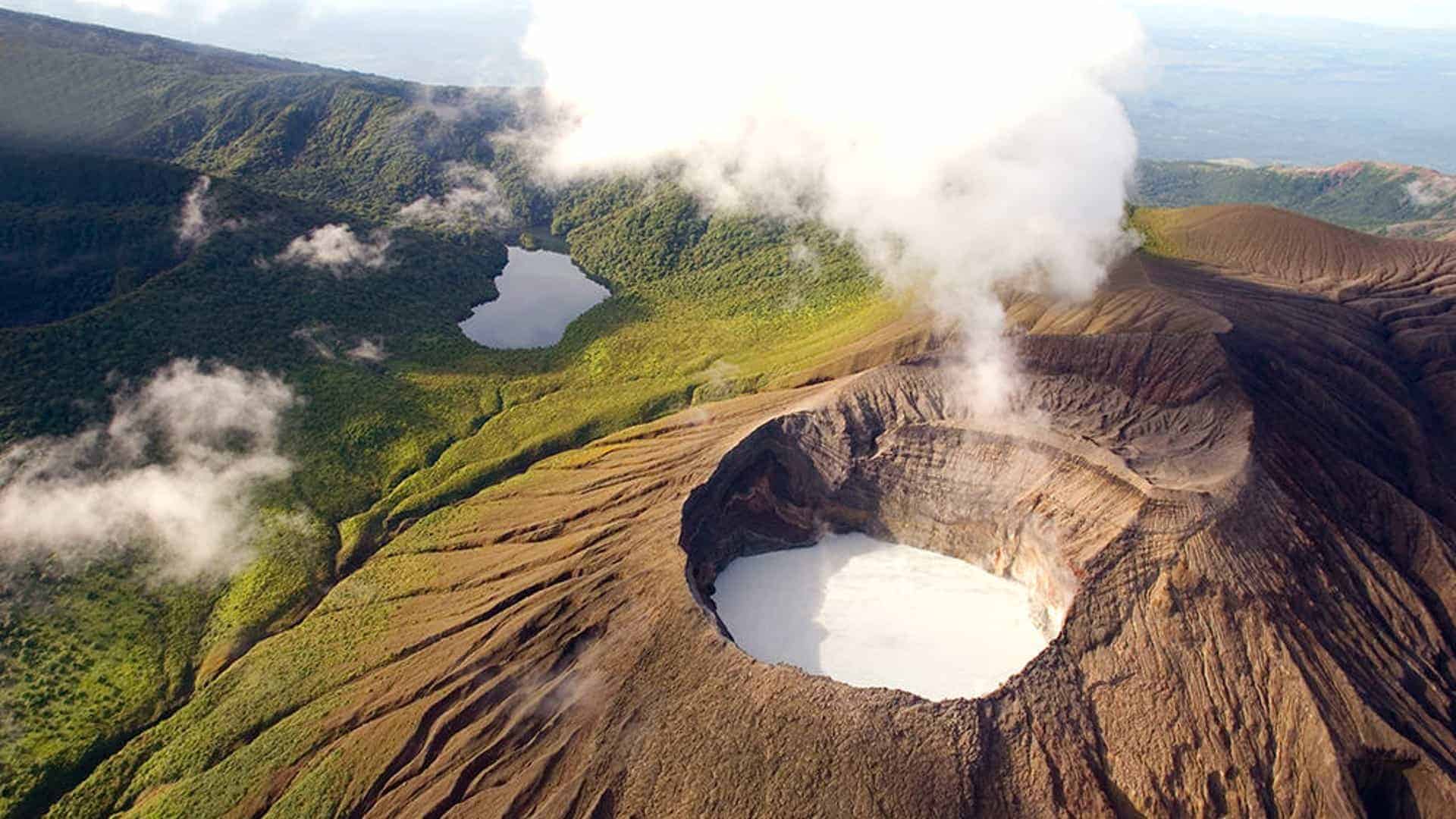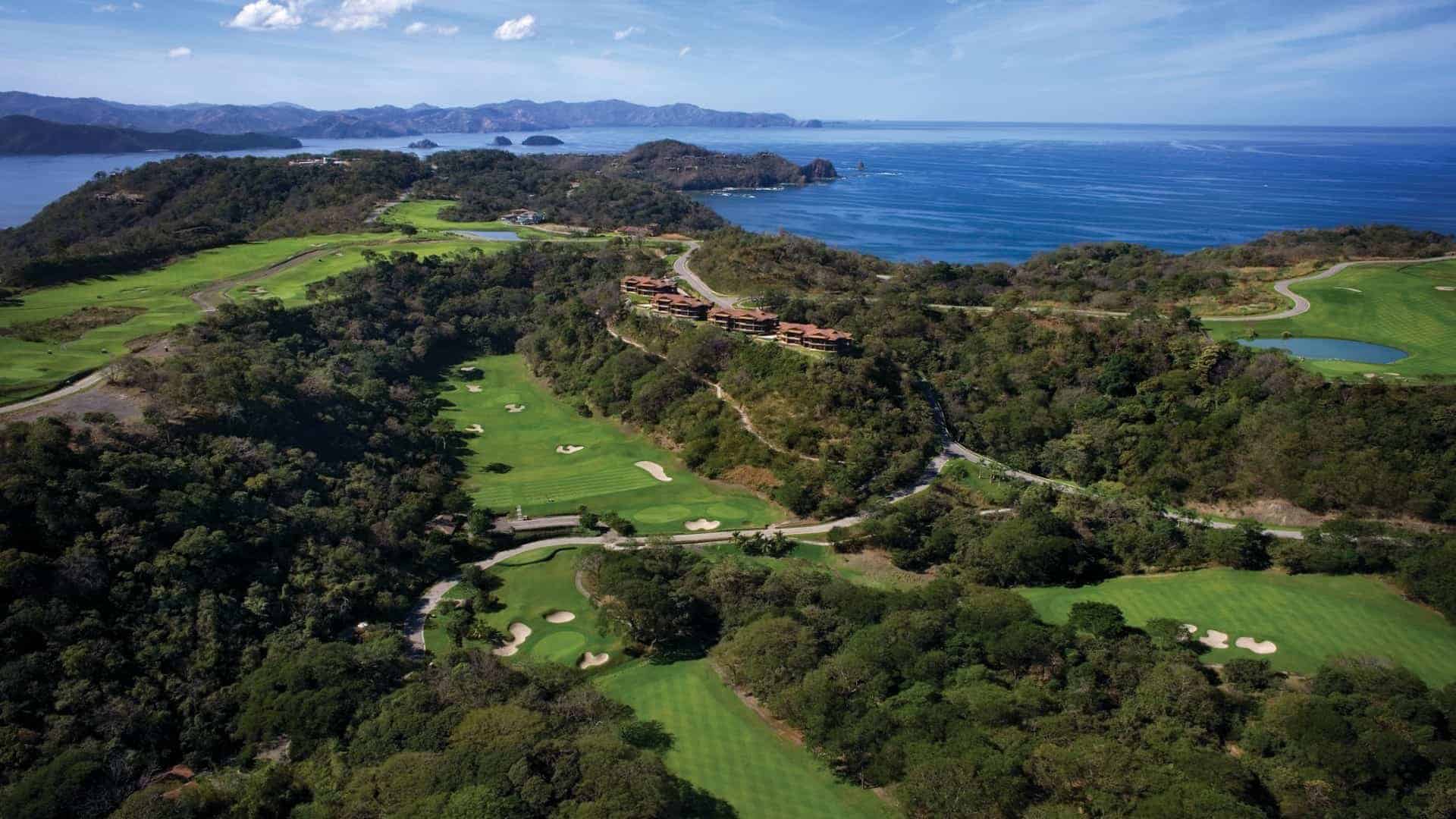Table of contents
- September 8, 2021
- in About Costa Rica, Discover Costa Rica
We’re about to celebrate a unique day in Costa Rican history – the 200th anniversary of its independence from Spain. The country achieved its independence on Sept. 15, 1821, when authorities in Guatemala declared all of Central America independent from Spain. Not a drop of blood was shed in Costa Rica to achieve this milestone, and in fact Ticos didn’t even learn of their independence until a month later.
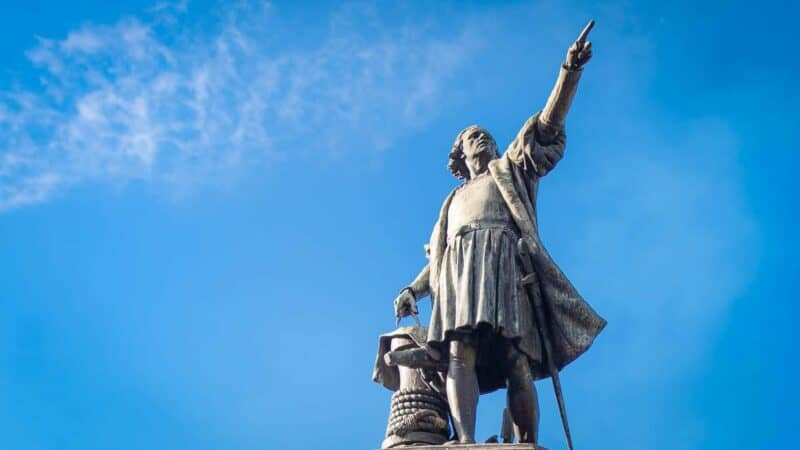
Costa Rica’s history abounds with little oddities – including 500 years of post-Columbian development in which war was almost unheard of. The nation with no army, sometimes called “the happiest country in the world,” has long been the most stable democracy in Central America.
A brief look back at the history of Costa Rica suggests that the best way to win wars is just to stay out of them.
Early Costa Rican history: Christopher who?
People have lived in Costa Rica since probably around 12000 BCE – descendants of the hardy souls who walked across the Bering land bridge from Asia during the last ice age.
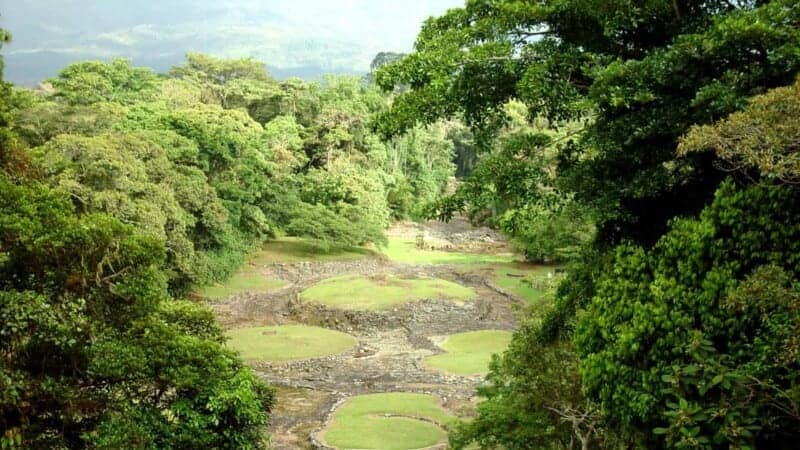
Indigenous Costa Ricans lived in smallish groups under chiefs called caciques. The country’s most sophisticated pre-Columbian civilizations left behind some interesting ruins at Guayabo, plus a lot of mysterious stone spheres near Sierpe. But Costa Rica, far from the power centers of the Aztecs and Incas, and just beyond the sphere of the Mayans, developed independently of these Latin American empires. Artifacts at Guayabo suggest that the early Ticos knew how to fight, but they didn’t have all that many people to fight with.
And then Christopher Columbus came along. He “discovered” Costa Rica in 1502, landing on an island off Limón. But the first Spaniards to set foot on Costa Rican soil found this rugged jungle somewhat impenetrable, and they sailed on. Costa Rica, “Rich Coast,” reportedly got its name because later Spanish arrivals encountered natives with gold jewelry that they had probably acquired by trade.
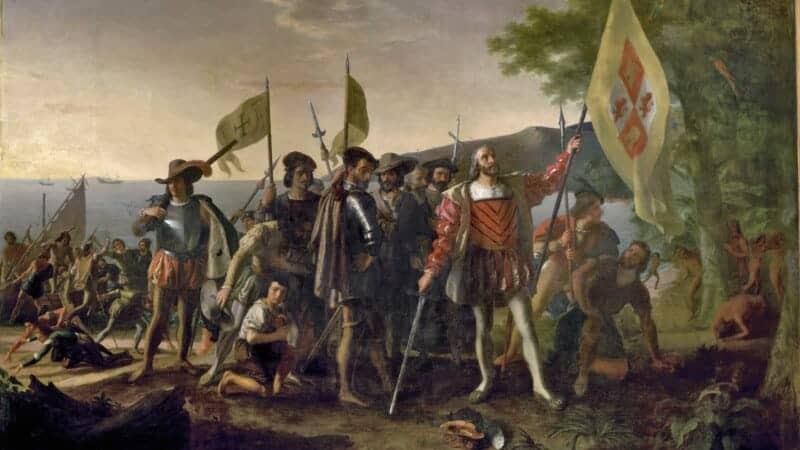
Spain waited 60 years to conquer the country, which at the time was not seen as very desirable (perhaps because there was no ziplining yet). The first Spanish settlement, in 1561, was a fort called Castillo de Garcimuñoz, probably located in the modern canton of Santa Ana.
Armed with modern innovations like the wheel, steel, horses and smallpox, the conquistadors rolled to a fairly easy win from Florida to Peru. But Costa Rica remained a remote backwater of New Spain, little noted because of its lack of riches. Spanish explorers couldn’t find much gold here. Plus, Costa Rica lacked the footprint of an empire that could easily enslave people. Sure, you could go chasing Costa Rican tribesmen through the jungle, but they were hard to catch.
#1
Costa Rican history under the Spanish
To give credit where credit is due, the Spanish did at least teach the Costa Ricans to speak Spanish. But Costa Rican history under the Spanish, which lasted two and a half centuries, is more notable for what didn’t happen than what did.
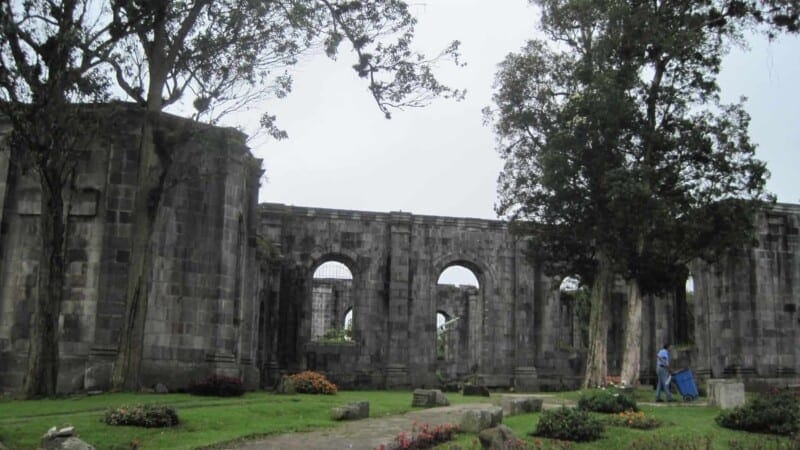
The Spanish did establish a capital at Cartago in 1563, named after ancient Carthage, and like Carthage doomed to fail. They did some conquering on the west coast, also in 1563, establishing an outpost near Manuel Antonio. But the Spaniards’ accomplishments in the next few centuries were modest. They didn’t even plant coffee until 1808, and how do you conquer a country without at least a cup of coffee in the morning?
#2
Costa Rican independence: It’s Tico time
The blood, sweat, toil and tears that led to Costa Rican independence happened mostly in Mexico. By September 1821, the Mexican War of Independence had effectively overthrown Spanish rule in Mexico and Central America.
It took a month for news to reach Costa Rica from Guatemala that it was now independent from Spain. Costa Rica recorded Sept. 15, 1821, as its actual Independence Day, and it’s been celebrated ever since. Today we celebrate the 200th anniversary of that date.
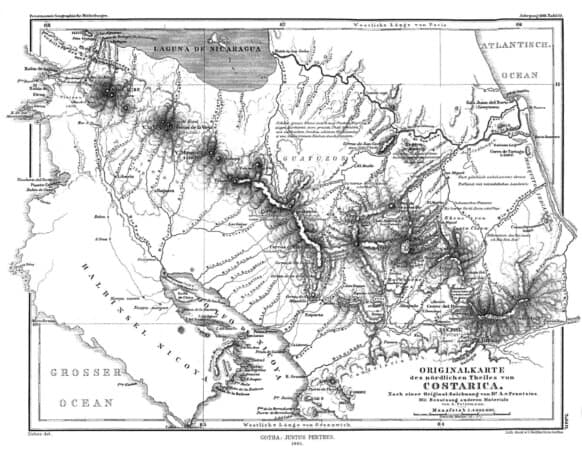
An old map of northern Costa Rica and southern Nicaragua, c. 1861.
The collapse of Spanish rule left Costa Rica under the dominion of a “Central American Republic” that nobody really needed. People in Cartago and Heredia wanted to maintain the privileges they had enjoyed under Spanish rule, so they wanted to be part of the new Mexican Empire. But San José, the economic capital, wanted total independence. And so the two sides clashed in a one-day civil war in 1823 on one battlefield, Ochomogo, that claimed only 20 lives. San José became the new capital.
Around this same time, Costa Rica scored a huge, bloodless victory when the residents of Guanacaste and the Nicoya Peninsula, despite historical ties to Nicaragua, voted to join Costa Rica instead on July 25, 1824. The “Annexation of Nicoya” remains the second-biggest holiday (after Independence Day) celebrating an event in Costa Rican history.
#3
Filibuster busted
Costa Rica has met a few crazy gringos in its day (see: Robert Vesco), but William Walker broke the mold. In 1856, this pro-slavery sociopath from Tennessee had nothing better to do than seize control of the government in Nicaragua. But his next mistake was to attack Costa Rica looking to expand his nascent slave empire.
The battle against William Walker on Costa Rican soil in 1856 took just fourteen minutes.
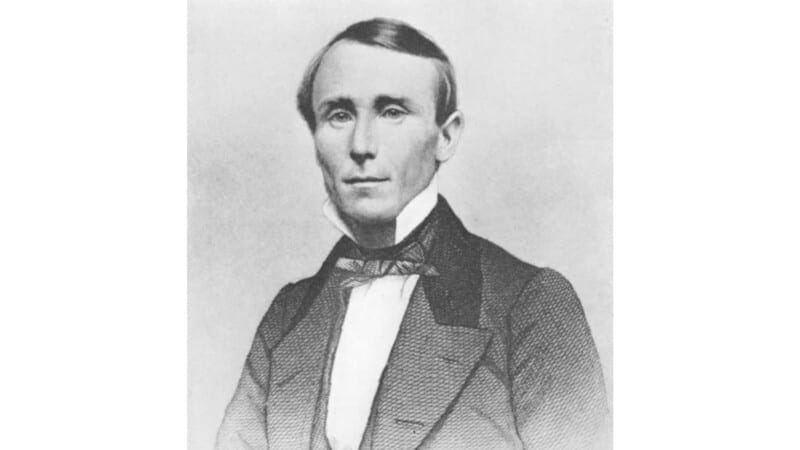
William Walker didn’t think there were enough slave states in the U.S., so he invaded Central America to try to find more.
The 400 American, German and French mercenaries hired by Walker unwisely invaded Costa Rica on March 16, and they camped out at a house called “La Casona” in Guanacaste on March 20. The unprepared invaders were so busy drinking that they didn’t even post a sentry to alert them that 700 Costa Rican soldiers had the house surrounded and were about to stage a devastating rout. Some 26 foreigners were killed with bullets and bayonets, 19 were captured, and all the rest ran for their lives.
This was the last time anyone ever invaded Costa Rica.
The Ticos pushed into Nicaragua and defeated Walker’s forces again at the second Battle of Rivas in 1856. Walker was executed by firing squad in Trujillo, Honduras, in 1860, and if you weep for him, you’ll be the first.
Subscribe to our newsletter
to stay up to date
#4
Coffee, railroads, bananas and Jamaicans
Coffee, not gold, was always Costa Rica’s most promising product, but it wasn’t exported until 1820. Costa Rican coffee reached the United States in 1860, and before long, the world was addicted.

Coffee was originally transported from the central highlands to the Pacific coast on carretas – oxcarts that to this day remain one of Costa Rican’s most iconic symbols. But coffee vendors needed quicker access to the U.S. East Coast and Europe, and the Panama Canal wouldn’t open until 1914.
It wasn’t long before Costa Rica decided it needed a railroad from San José to Limón. Costa Rican laborers were hard to find, so the country invited tens of thousands of Jamaicans to come and build it.
Enter a totally new demographic group that totally transformed the Caribbean coast of this formerly mestizocountry. All of these new laborers were descended from African slaves who were shipped to the Caribbean. The vast majority came from Jamaica, an English colony, and they brought with them a pidgin form of English.
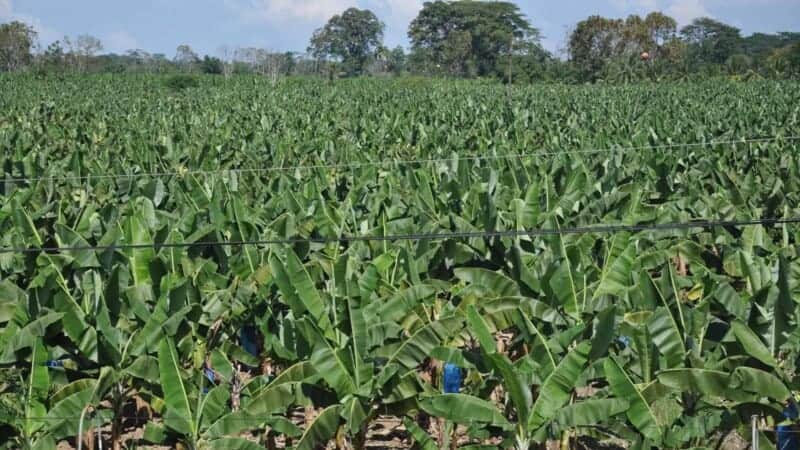
In 1884, San Jose became one of the first cities in the world to install electric streetlights. And by 1890, its railroad from the Central Valley to the Caribbean was more or less complete. Meanwhile, banana plants were being grown along the route of the railroad, and it was discovered that these were a promising export product. Before long, a railroad/coffee impresario named Minor Keith became a major banana magnate, and this exotic fruit was in demand everywhere. With its new railroad fully operational by 1910, Costa Rica became a major export hub for both coffee and bananas.
#5
The 1948 civil war
Costa Rica experienced some domestic turmoil under the Federico Tinoco dictatorship of 1917-19, but it wisely stayed out of both World War I and World War II. In 1931, the country opened an international airport in Santa Ana, which moved to La Sabana in 1940 and Alajuela in 1948.
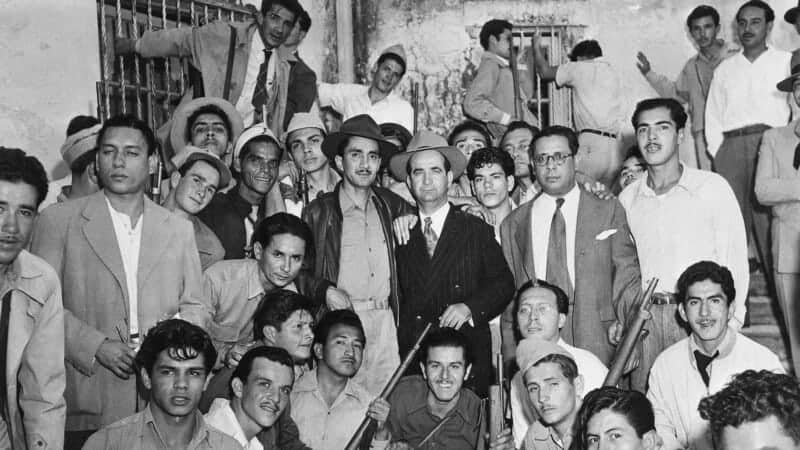
The same year, 1948, a 44-day civil war totally transformed this country. A charismatic coffee grower named José Figueres Ferrer didn’t believe that President Rafael Angel Calderón Guardia had been fairly re-elected, so he did what any responsible person would do – he started a war.
And he won. The Costa Rica civil war took a month and a half, and it killed some 2,000 people. Figueres abolished the army, introduced a new constitution and ruled as president for three different terms totaling 10 years. Figueres’ picture appears on the 10,000-colón bill today.
#6
The real cash cow: tourism
In the decades ahead, the country struggled to find its true worth. The authorities encouraged people in the countryside to cut down trees to create farms and pastures. Logging, hunting, clear-cutting, gold mining and eating sea turtles – all widely banned today – were considered normal for many years.
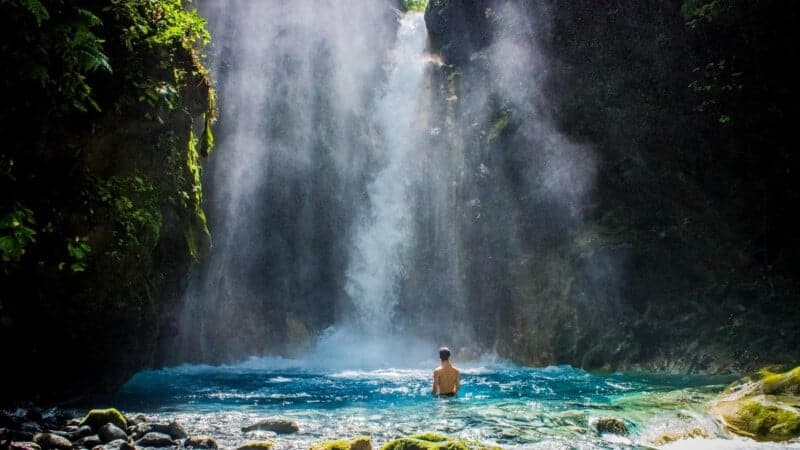
It’s hard to say when the tide turned in Costa Rican history and the country discovered its greatest asset – undisturbed nature that would attract tourism. It was a gradual discovery, happening in different places at different times.
One milestone was the establishment in 1963 of the Cabo Blanco Absolute Nature Reserve on the tip of the Nicoya Peninsula. The creation of the first protected natural area in the country was spearheaded by a Swedish man and his Danish wife. But the idea caught on with Ticos, and by 1970 a national park system had sprung up, protecting 11 pristine areas.
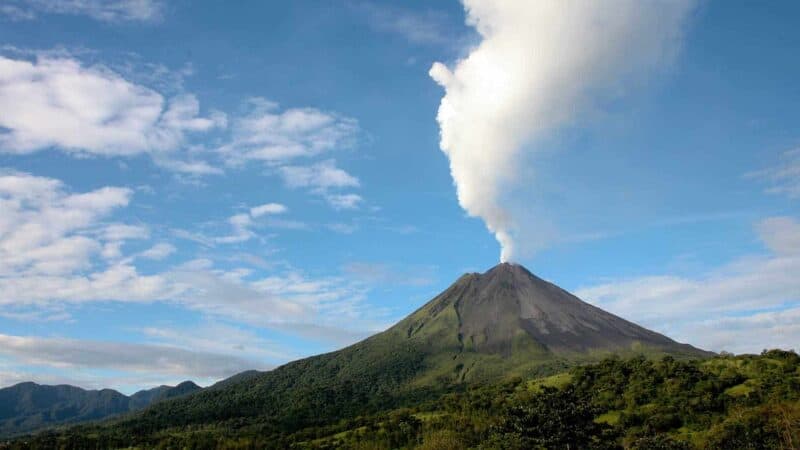
From 1968 to 2010, Arenal Volcano kept exploding in spectacular fashion, drawing a steady stream of international visitors. Eventually, the locals figured out that these foreigners were worth more than cows. The Arenal region transformed itself into the adventure capital of Costa Rica, and it never looked back.
In 1994, the film “Endless Summer II” popularized surfing in Tamarindo and led to a huge influx of visitors. A village that formerly thrived on fishing soon found it couldn’t build new hotels and restaurants fast enough to keep up with all the newcomers.
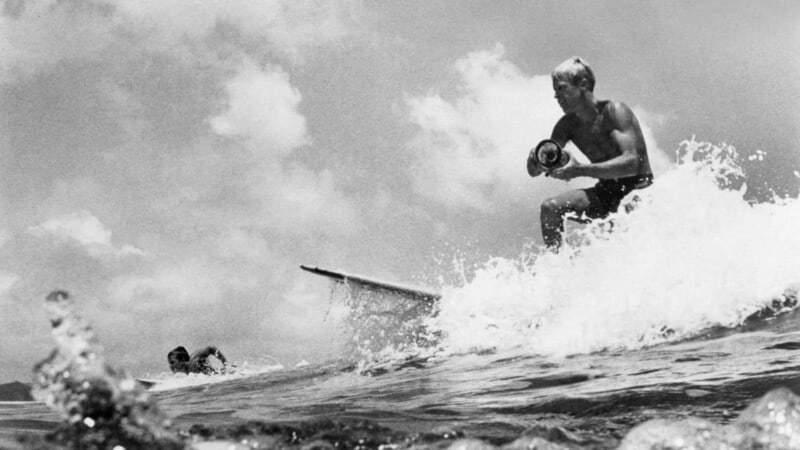
Along the way, Costa Rica discovered that a tree preserved was worth more than a tree cut down. Conservation and sustainability became the country’s new watchwords. Tourism became Costa Rica’s biggest industry. And Costa Rica perfected the art.
#7
A Nobel Peace Prize and an astronaut
In 1987, President Oscar Arias won the Nobel Peace Prize for negotiating an end to a series of brutal wars in Nicaragua, El Salvador and neighboring countries. Defying even the friendly Reagan administration, Arias refused to let Costa Rica be used as a base to support the anti-Sandinista Contras in Nicaragua.
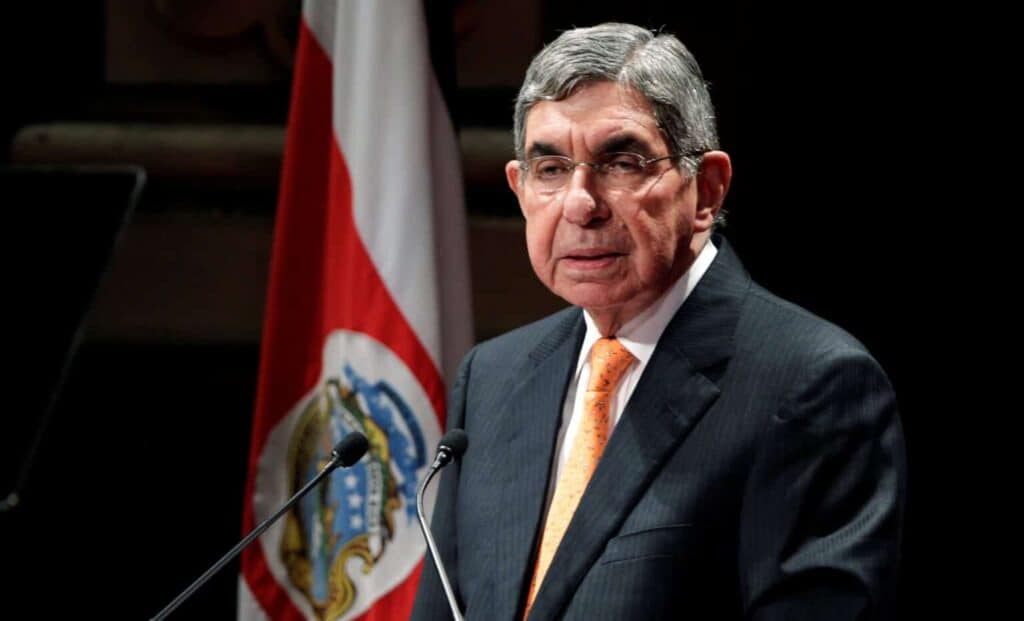
In 2002, Costa Rican native Franklin Diaz Chang became one of NASA’s most celebrated astronauts by tying the record for most spaceflights – seven. Chang is now in NASA’s Hall of Fame, and he is also the founder of Ad Astra, a rocket company that hopes to send humans to Mars in 39 days using his plasma rocket propulsion technology.
Costa Rica has often been called the “happiest country in the world,” based on residents’ overall satisfaction, life expectancy, equality and ecological footprint. Costa Rica also boasts one of only five “Blue Zones” in the world, the central part of the Nicoya Peninsula, made famous by National Geographic as one of the places in the world with the longest life expectancy.
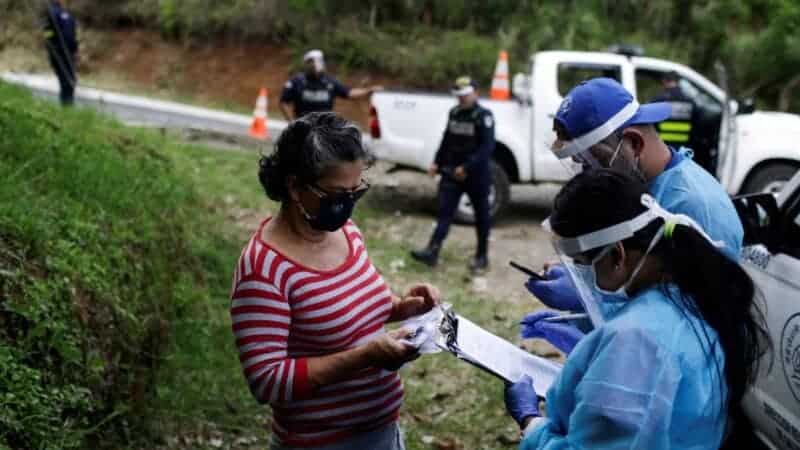
On its 200th birthday, Costa Rica is still recovering from the COVID pandemic, which struck at the lifeblood of its economy – travel. But infection rates are low, vaccination rates are high, and the country is coming back strong. Costa Rica today remains one of the most popular vacation destinations in the world, and the safest country in Central America.
So come on down and see us sometime. Costa Rica may be celebrating a 200th birthday, but it never gets old.
Subscribe to our newsletter
to stay up to date

Karl Kahler
More articles From
Book Your
Costa Rica Vacation
RELATED POSTS
- April 16, 2024
- About Costa Rica, Culture
- April 2, 2024
- About Costa Rica, Things To Do
